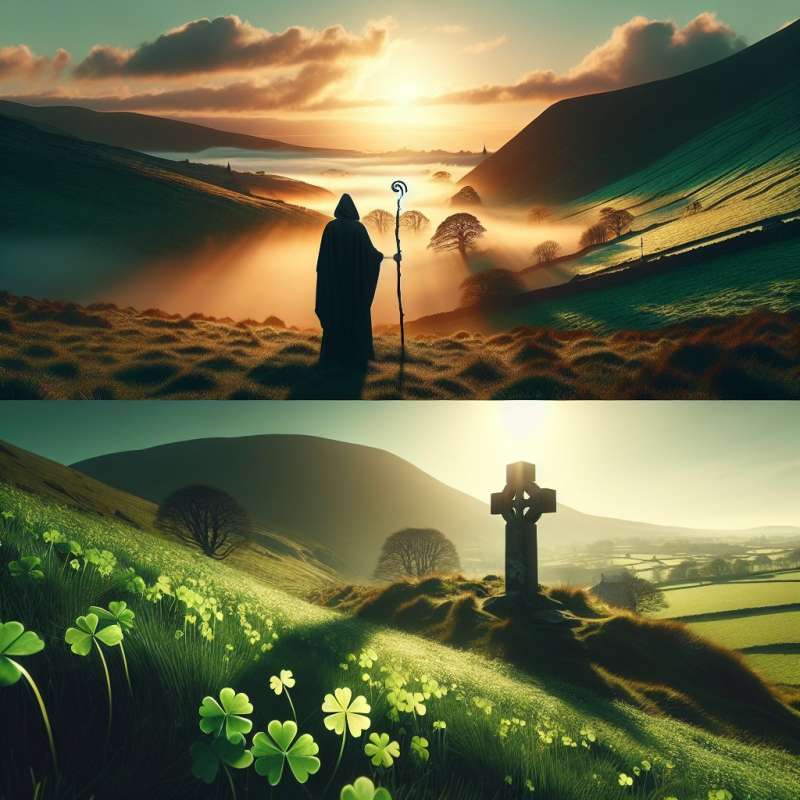
Saint Patrick's Identity
Saint Patrick, born in Britain, was captured by Irish pirates at 16. Despite escaping, he later returned to Ireland, bringing Christianity and becoming its patron saint. His life and mission are shrouded in mystery and legend.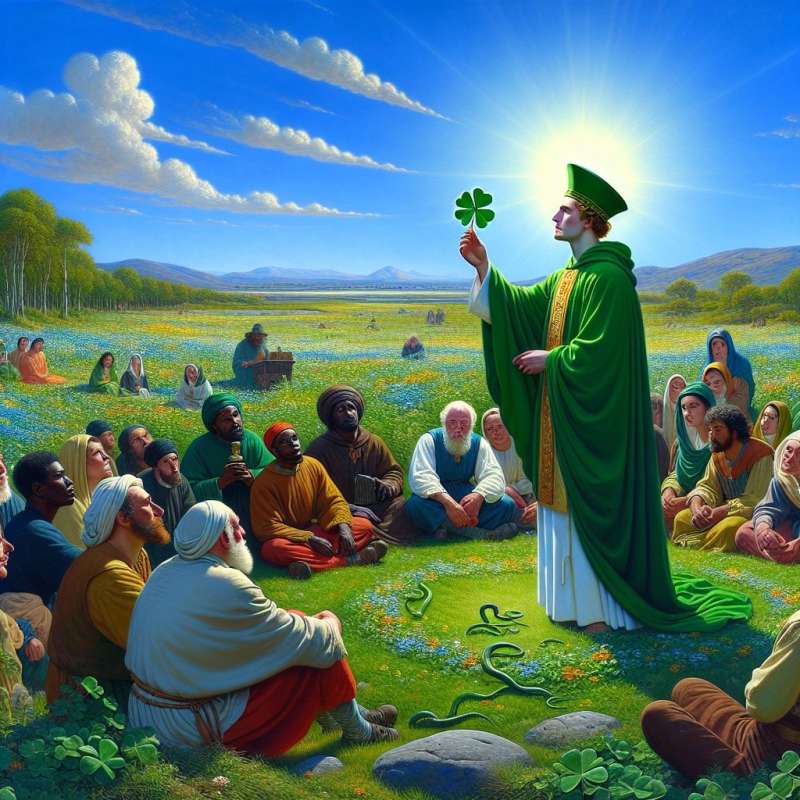
Myths vs. Reality
Contrary to popular belief, Saint Patrick did not drive snakes from Ireland; this is a metaphor for eradicating pagan ideologies. He used native shamrocks to explain the Holy Trinity, linking Irish culture with Christian theology.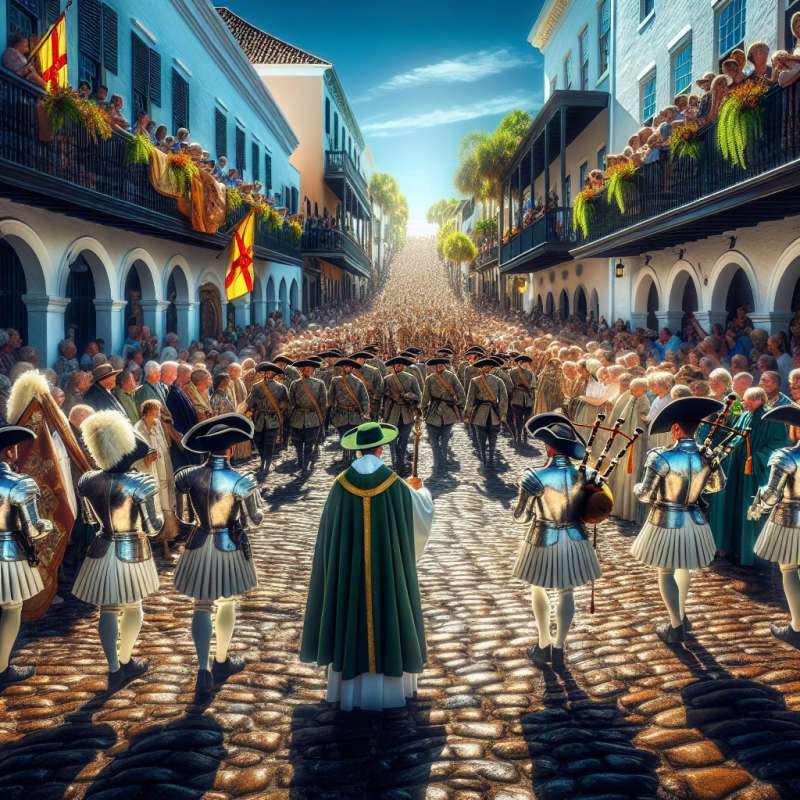
The First Parade
The first St. Patrick's Day parade occurred in 1601 in a Spanish colony in what is now St. Augustine, Florida, far from Ireland. It predates the now-famous New York City parade, which began in 1762.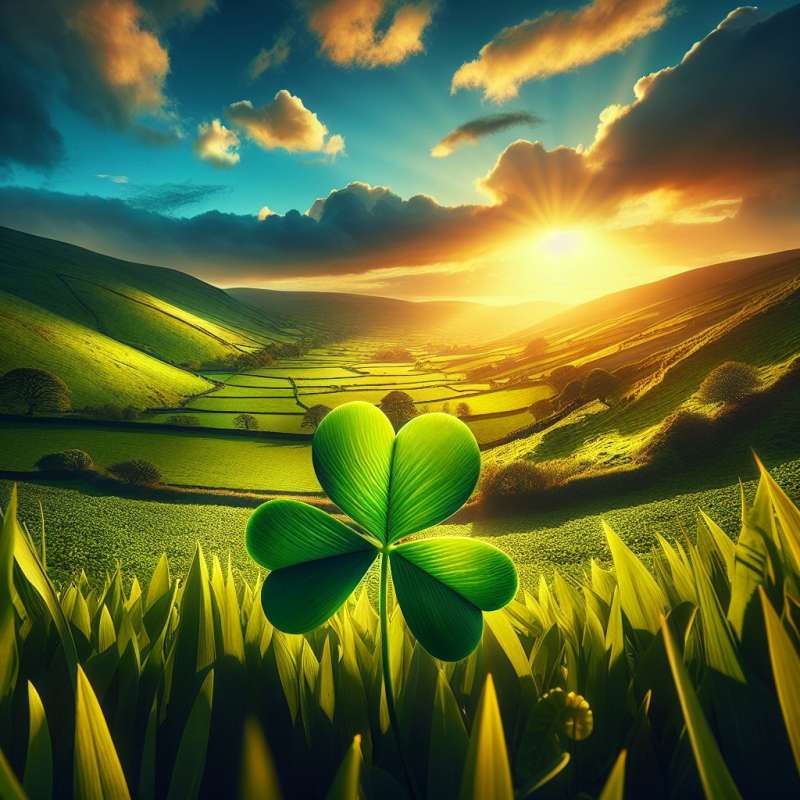
Green or Blue?
Originally, blue was associated with Saint Patrick. Green only became emblematic in the 17th century due to Ireland's lush landscapes, the shamrock's color, and its connection with the Irish independence movement.
Global Celebrations
Today, St. Patrick's Day is celebrated worldwide, with iconic landmarks like the Sydney Opera House and the Pyramids of Giza lighting up in green. The global reach reflects the widespread Irish diaspora.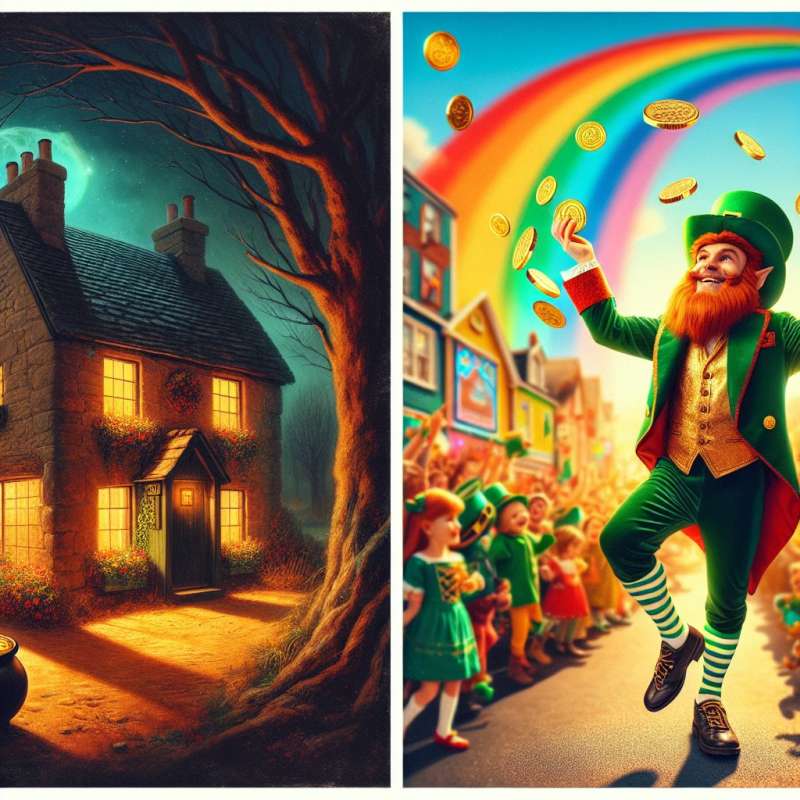
The Leprechaun Evolution
Leprechauns, a type of fairy in Irish folklore, were originally depicted wearing red. The modern green-clad, pot-of-gold-hoarding version popularized by American culture is a relatively recent transformation.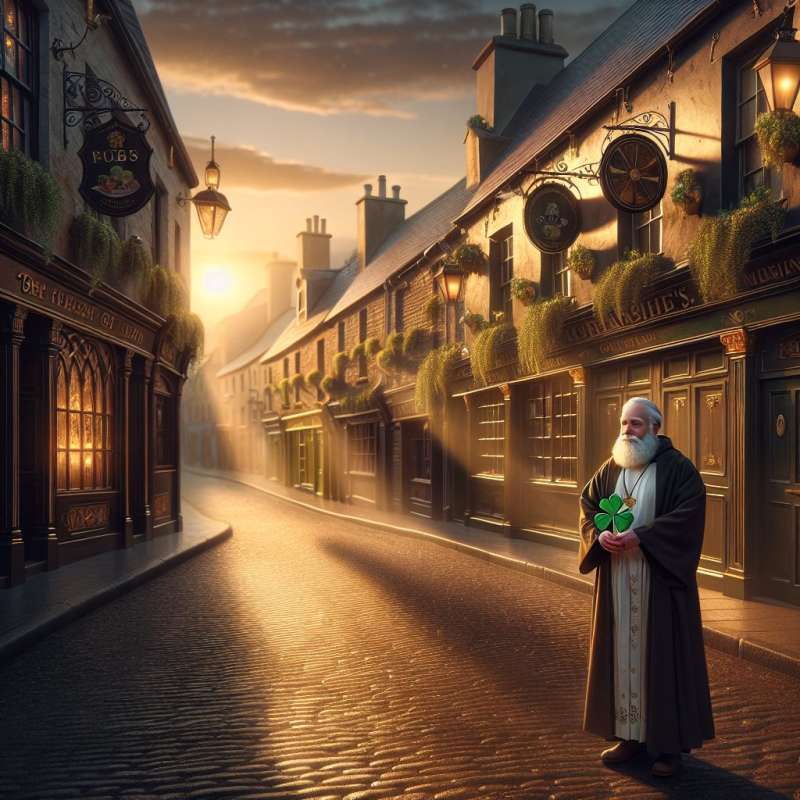
A Dry Holiday?
Until the 1970s, St. Patrick's Day was considered a religious occasion in Ireland, meaning all pubs were closed for the day. It wasn't until the lifting of this ban that the day evolved into a public celebration.
Where was Saint Patrick born?
In Ireland
In a Spanish colony
In Britain
Company